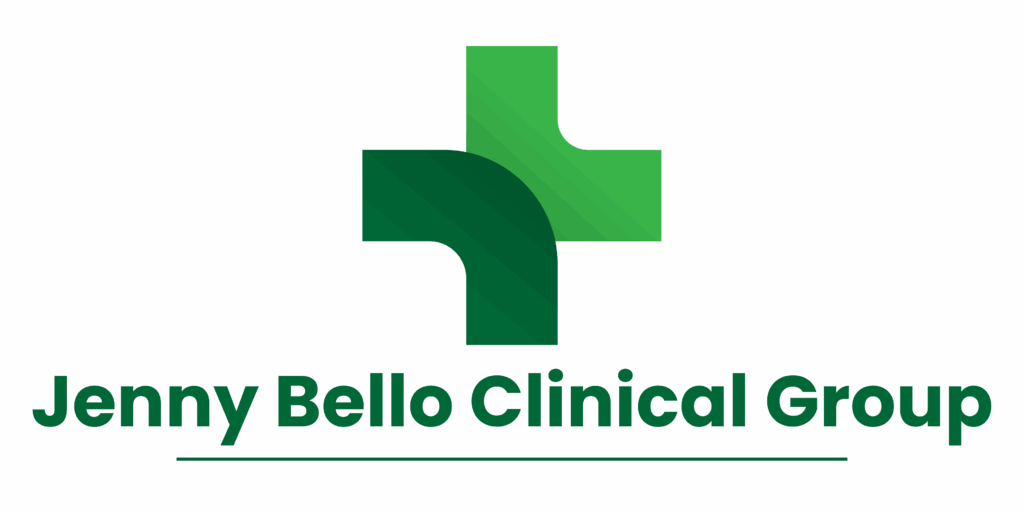To Buy Proscalpin Online Visit Our Pharmacy ↓
 Proscalpin Myths Debunked by Experts
Proscalpin Myths Debunked by Experts
Myth: Proscalpin Is a Cure-all — Experts Explain 🩺
When a new treatment promises dramatic results, hope spreads faster than evidence. Patients share anecdotes online, turning whispers into widespread belief that a single pill fixes diverse conditions. Clinicians counter with careful nuance and caution.
Experts emphasize that biological complexity resists one-size-fits-all solutions; what works for one pathway may not affect another. Controlled trials measure effect sizes, side effects, and population variability, revealing modest benefits in specific indications rather than universal cures. This reality often disappoints but is crucial for safe decision-making.
Regulatory approval signifies sufficient evidence for a defined use, not omnipotence, and postmarket monitoring continues to clarify risks and benefits. Consumers should ask for data, consult trustworthy clinicians, and avoid sensational anecdotes while balancing hope with sober inquiry. Experts also Recomend tempering expectations and seeking multiple opinions before changing therapy. Stories can mislead; demand reproducible evidence, not miracles.
Safety Concerns Debunked with Evidence-based Analysis 🔬

Many alarming headlines claimed widespread harm, but careful analysis paints a different picture. Context matters: dose, duration and patient selection drive outcomes.
Randomized trials and real-world registries show that proscalpin adverse events are infrequent and mild when used at recommended doses. Reported harms often reflect off-label use, not intrinsic toxicity.
Safety signals are routinely stratified by age, comorbidity and concomitant medications; meta-analyses reduce bias and reveal a low incidence of serious reactions. Case reports prompted investigations, but population-level data put risks into perspective.
Clinicians advise monitoring and clear guidance rather than fearmongering, and regulators demand postmarket surveillance to Acommodate new data. Patients should recieve balanced information and report side effects to ensure continuous safety monitoring.
How Dosing Myths Create False Expectations Among Users ⚖️
A friend once doubled their dose chasing quick results, convinced that more meant faster recovery; stinging disappointment that followed was predictable. Clinicians warn that apparent improvements often reflect natural variation, placebo effects, or measurement error.
Marketing and anecdote blur lines; some users assume higher proscalpin doses will shorten timelines, ignoring pharmacokinetics and individual metabolism. Dose-response curves are rarely linear, and small increases can magnify side effects without extra benefit indeed.
Teh drive to personalize dosing leads many to mix regimens, skip monitoring, or use unverified calculators; that behaviour undermines evidence-based protocols and raises the risk of harm. Clear guidance and clinician oversight reduce uncertainty dramatically.
Realistic expectations come from understanding trial endpoints, typical timelines, and population averages rather than single anecdotes. Patients should ask about dosing rationale, known limits, and measurable outcomes, so they can make informed, balanced decisions safely.
Expert Interviews Reveal Clinical Trial Realities 📊

A lead investigator recalls early optimism, pairing anecdotes with cautious data in interviews. Their candor humanizes statistics and helps readers weigh nuance.
Teh team ran randomized, placebo-controlled arms to test proscalpin; patients reported subjective benefits even when objective endpoints lagged, so uncertainty persisted about clinical significance.
Interviewees stress that small sample sizes and dropouts shaped modest, context-dependent effects. Independent reanalysis sometimes altered interpretations and exposed limits and bias.
Transcripts show how funding, recruitment and protocol changes color trial stories, temper media claims, and motivate preregistration and open public data sharing.
Regulatory Status Clarified: What Approval Really Means ✅
Regulatory approval for proscalpin doesn't mean magic; it signals that agencies found sufficient evidence of safety and efficacy for a specific use. Experts remind readers that approval is a milestone, not a lifetime guarantee, and post-market surveillance often reveals new data Teh public should track.
Clinicians and regulators balance benefits and risks, set indications, and require manufacturers to report adverse events. Consumers should expect labels, limitations, and ongoing studies; dont assume universal applicability. Learn to Recieve information from credible sources, and ask health professionals how approval applies to your situation.
Consumer Guidance: Spotting Misinformation and Safe Practices 🛡️
I chased a viral cure claim and learned to pause, check the author, and seek peer-reviewed data before trusting headlines.
Teh simplest checks: verify sample size, control groups, funding sources, and whether results were replicated by independant teams.
Dosing myths spread fast; ask clinicians about interactions, comorbidities, and realistic outcome timelines rather than miracle promises.
When in doubt, consult registries, read regulatory summaries, and prioritize transparent trials over marketing spin. Keep a skeptical mindset, document sources, and report clear misinformation to trusted platforms or regulators for public safety. PubMed ClinicalTrials.gov
